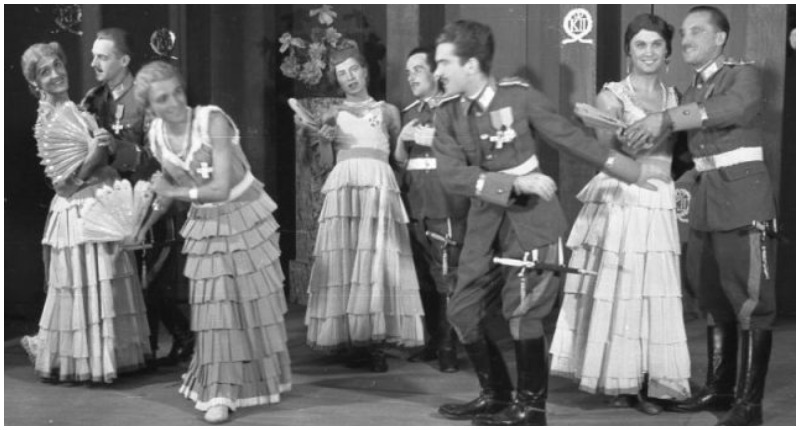History can seem far-removed from our lives, especially when the history is something that happened long before we were born or that bears little resemblance to the world as we know it. Sometimes that history has a way of creeping up on us unexpectedly, and comes forth into the light again.
One of those moments happened for Olivier Rempfer, and it began as he was walking home one night in 1999. Rempfer was returning to Cagnes-sur-Mer on the French Riviera from a neighboring town where he had been spending time with friends.
On his trip, he noticed a wooden box sitting on top of a trash can. Intrigued, the young man opened it and found the box was full of cylinders wrapped in paper. Each contained a roll of black-and-white 35mm film.
After unrolling and holding some of the strips to the light, he thought he must be looking at shots taken during the filming of some war movie. Not terribly interested at the time, he put the box aside and it slipped from his mind.
Several years later, Rempfer’s father, Alain, found the box. Being a photographer himself, he was more interested in the contents of the film, but he also couldn’t make out what he was seeing very well. In 2003, Alain Rempfer bought a film scanner which he used to examine the box’s contents. He was quite surprised at what he found.
The film was full of photos taken at a prisoner of war camp during World War II — there were about 300 shots in total.
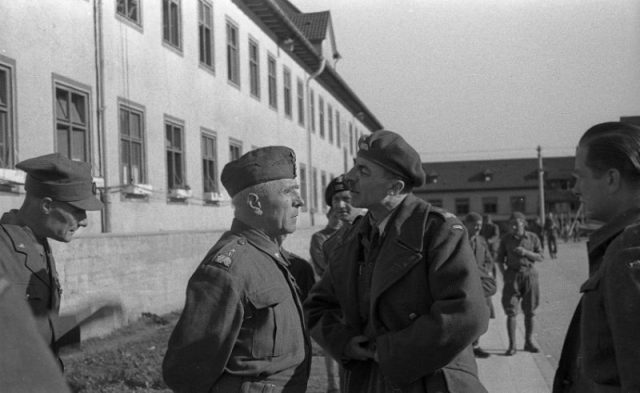
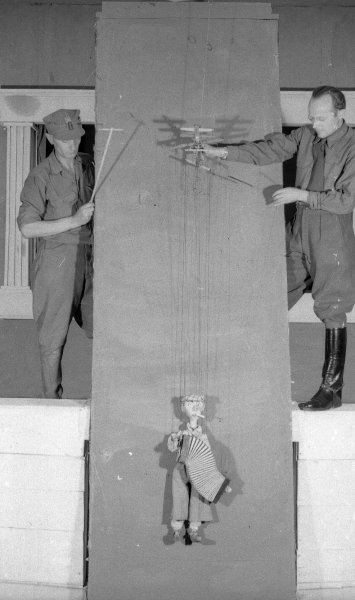
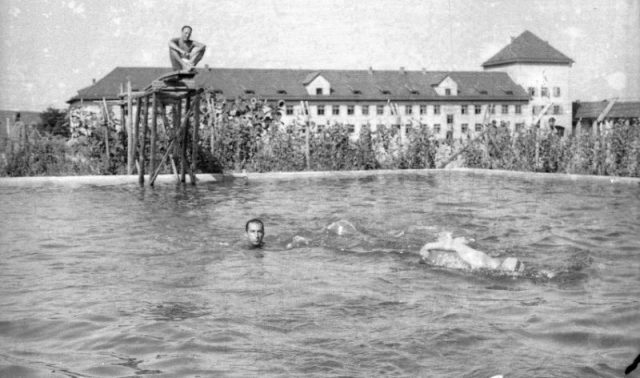
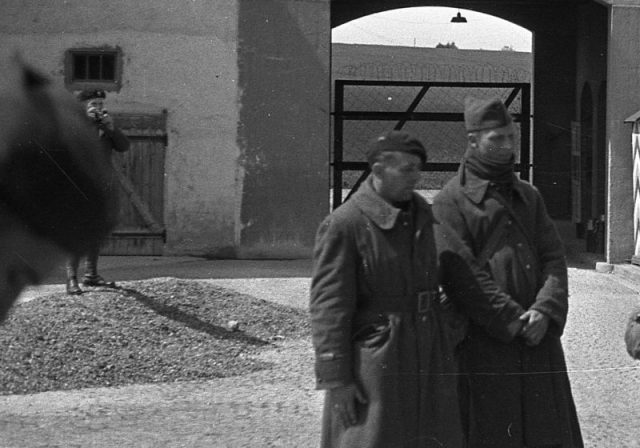
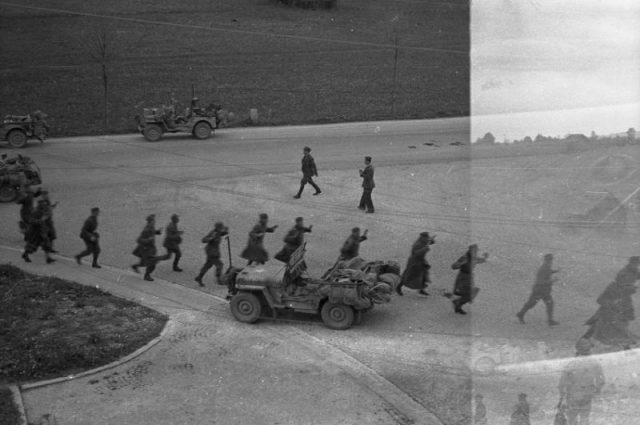
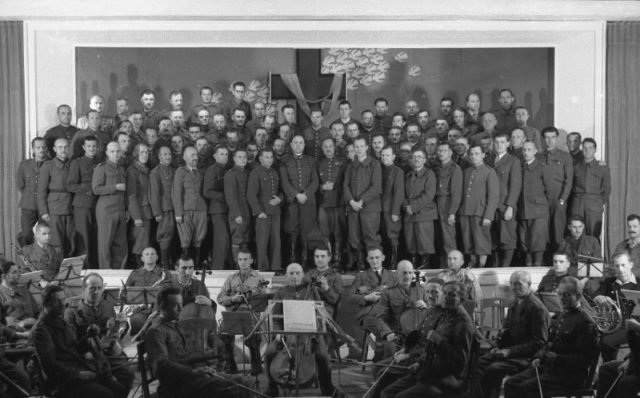
“I quickly realized that these were real, historical photos, taken during the war in a prisoner of war camp. The brand name ‘Voigtlander’ was written on the edge of the film. That name wasn’t familiar to me from movies, but I knew Voigtlander was a German camera manufacturer,” said Alain.
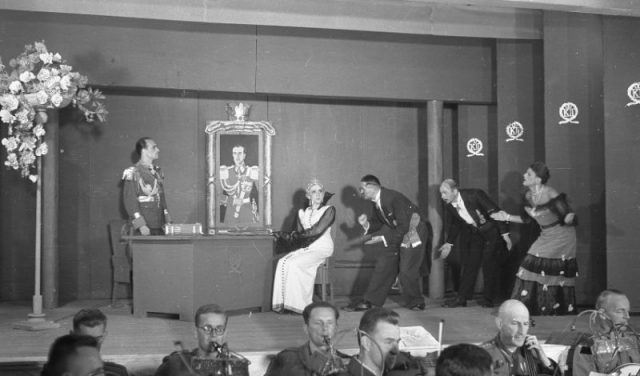
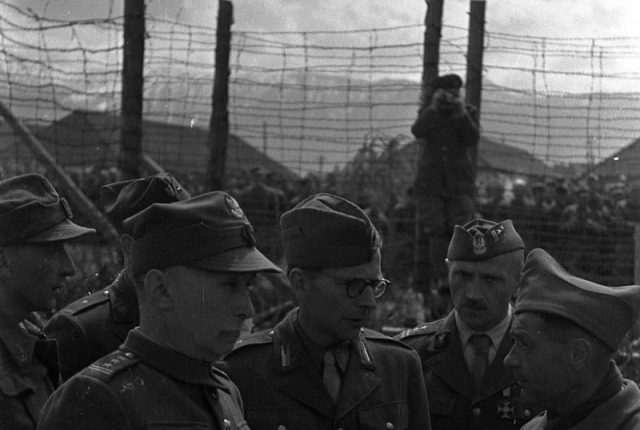
He began examining the pictures for clues as to where they had been taken. After doing some research, Rempfer discovered that between 1939 and 1945 the town of Murnau had a camp that matched the wording on the back of a truck in one of the photos.
Oflag VII-A Murnau was a POW camp specifically for Polish officers.
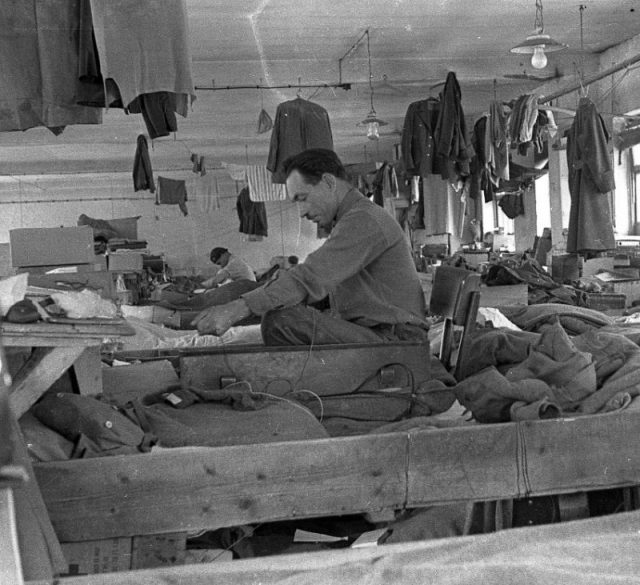
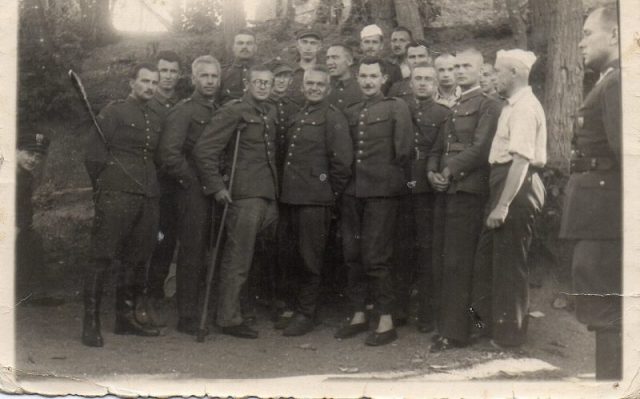
Father and son decided that the photos should be made available to anyone who was interested, so they created a website. Their hope was that not only the generally curious would look at the pictures, but that it might also be a resource for people searching for information about family members who might have been held there.
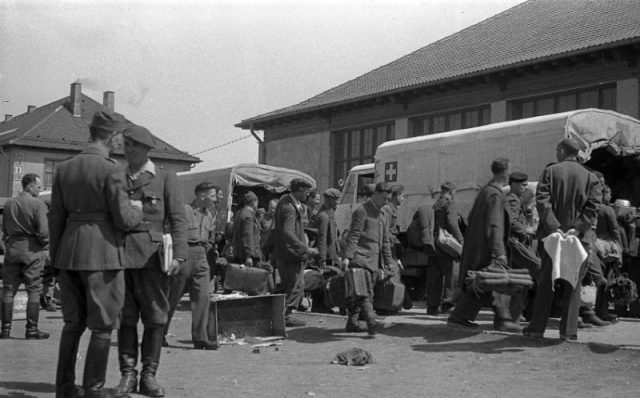
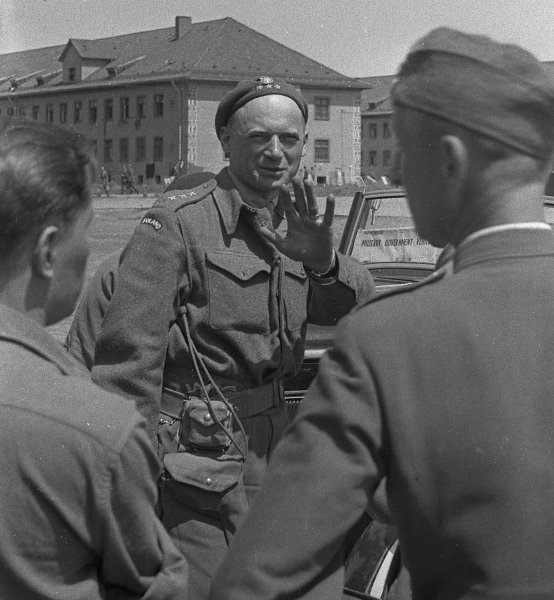
According to Spiegel Online, since the site went up, the Rempfers have heard from families from the U.S., Australia, Canada, and England, all of whom are of Polish descent and had family members in POW camps during the war. For many of those families, the site was the first chance they had to get an idea of what life might have been like for their loved ones.
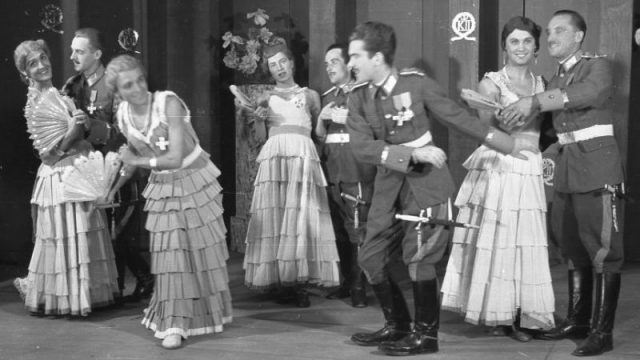
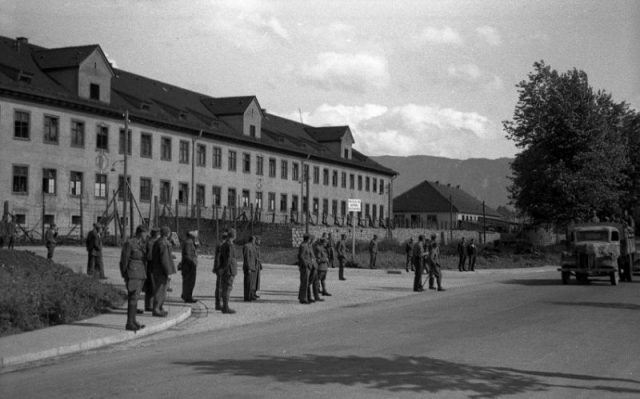
Of the 12 camps that housed officers in Nazi Germany, the camp at Murnau was the one with the highest-ranking inmates. The prisoners were treated relatively well, considering it was a POW camp, and it was regularly inspected by the Red Cross.
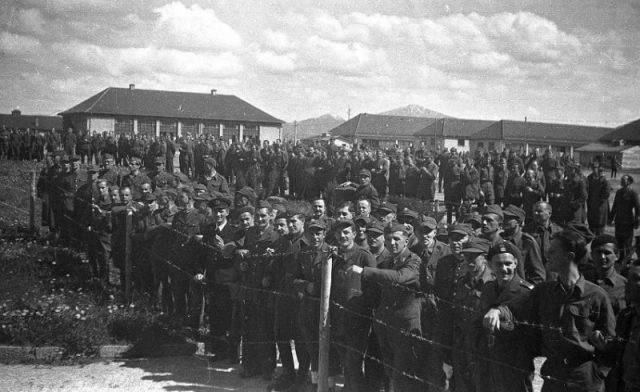
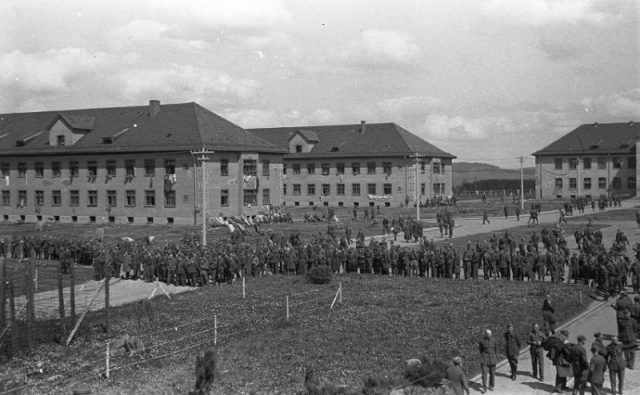
The Nazis used it as a “model camp” to show that they were complying with the Geneva Convention and international law.
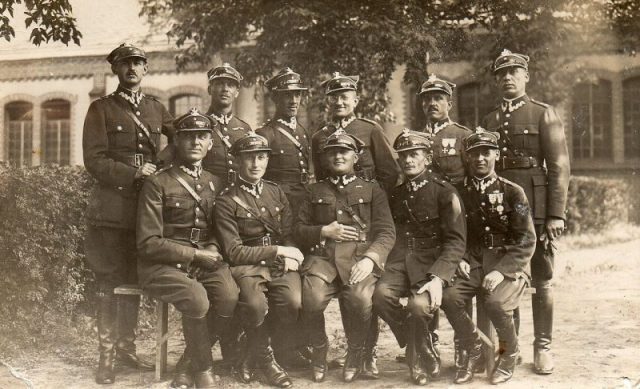
The circumstances at this particular camp may not have been as terrible as in other camps. Indeed, among the photos are shots of inmates dressed in costume, or playing in orchestras, as well images of men on work detail, or in parade formation.
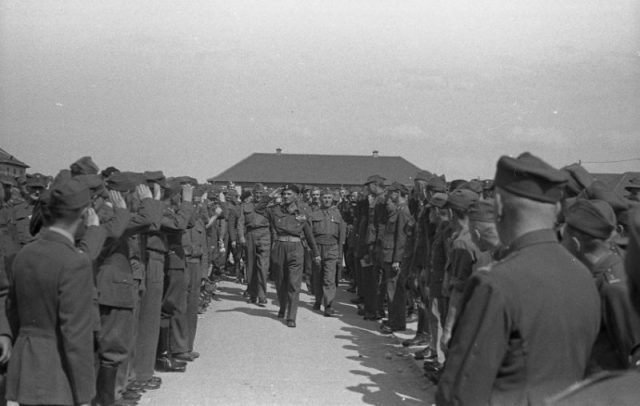
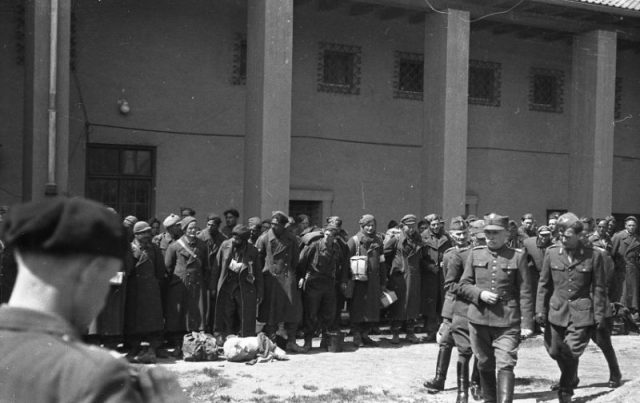
That’s not to say, however, that life was good. There were multiple incidences of prisoners being shot, and when treating the prisoners well collided with Nazi ideology, ideology won.
Read another story from us: Man Finds Rare 100-Year-Old Negatives – Uses Photoshop to “Develop” Them
No one has been able to conclusively say who took the photographs or how they came to end up in a box in the south of France, but they do provide a unique window into a piece of history most of us never got to see.
